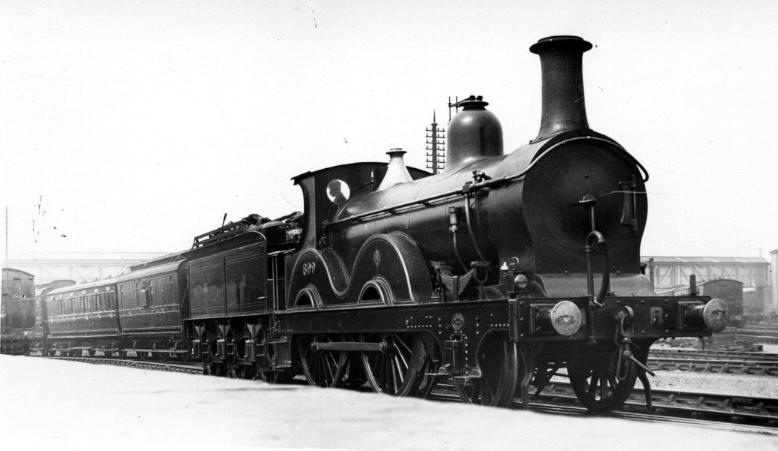Altnet Consolidation and the Cadence of History
Enthusiasm for new investment in altnets of all shapes and sizes among infrastructure investors has largely evaporated over the last 12 months and sector consolidation is underway. Taking the age-old adage that history does not repeat itself, but it often rhymes, Amberside have been looking back for insights on how consolidation in this market may play out.
The obvious starting point is the rollout of the Cable TV networks in the late 1980s and 90s. First a short history lesson for those not paying attention at the time. Encouraged by the government looking to expand competition for BT and then Sky, operators rushed to pick up the franchises on offer to roll out optical fibre and Coax cable. Business plans were built on a triple play of broadband, digital television and fixed line telephony. 136 organisations invested in the region of £13bln rolling out network to nearly half of Britian’s 26m homes. After eight years of accelerating consolidation the 136 became Telewest, NTL and Wight Fibre. NTL went bankrupt and Telewest went to the brink when the dotcom bubble burst, and both later merged to form what is Virgin Media O2 today.
Despite the similarities in the technology, there are good reasons to think this may not be the blueprint for today’s consolidation. Content was key for cable operators – favouring fewer, larger companies. Franchises gave geographic monopolies favouring M&A ahead of overbuild. Consolidation was funded by inflated public valuations in the dotcom boom.

A more interesting, if more distant reference point may be the UK’s most famous infrastructure boom of all – that of the railways in the mid nineteenth century. This is well documented in Quinn and Turner’s “Boom and Bust: – A Global History of Financial Bubbles” (well worth reading at a time of increased interest rates). New railway companies often built competing lines, with little overall network planning. They note that of the 20,000 miles of railway built during the boom, 7,000 miles were not necessary, but the majority were economically rational. The market aggregation pre-WWI was less extreme than that of the Cable TV market, with the market moving from over 1,000 separate companies at the peak of railway mania to 120 in 1914. In 1904 the top 4 companies had ca. 44% of the track and the top 14 had 88%.
So where does this lead us?
Our expectation is that there will be 2-3 national altnets competing with BT Openreach and Virgin Media O2/Nexfibre. Alongside there will be a number of niche players who have profitable defendable businesses.
An initial phase of consolidation is underway with Nexfibre/UPP, the Fern stable, Voneus/SWS Boadband/Cadence Networks, and Basalt’s FullFibre & Digital Infrastructure announced with others in the market. Nexfibre’s acquisition of UPP initially stands out as an acquisition rather than a merger, however the hand of UPP’s owners was rather forced following Russia’s invasion of Ukraine. Otherwise we have seen mergers often between entities with common ownership seeking to reduce overhead and improve marketing clout.
Ultimately today’s Altnets will all fall into four categories: i) consolidators, ii) those who achieve a profitable exit, iii) niche businesses and iv) those who don’t make it:
i) Consolidators will be businesses with deep pockets and strong management teams who have experience of integration and cost cutting. They will need transaction teams to deliver the right acquisitions with minimal disruptions to their business or the ones they are buying.
ii) Profitable sellers will need to demonstrate to suitors a high-quality network with attractive build and take-up rates. For some altnets achieving this will take some time, and they will need to manage their investors and lenders carefully to be given this time – hitting milestones and covenants while ensuring strong data led communications. Ultimately those seeking a profitable exit need to make it better value to buy their network than to replicate it and build market traction.
How can we help?
For those with aspirations as long-term consolidators, we can help raising capital or providing transaction support in an efficient and replicable way. For those seeking a profitable exit, we can help both with early exit planning and in supporting the transaction. For lenders who feel they are not getting the visibility they need on the performance of their borrowers, in combination with Amberside Valuations, we are able to integrate with management teams and their systems to produce comprehensive data driven performance reports.
About Amberside Capital: We are a small team of infrastructure professionals who advise on capital raising and assist investors making investments in sustainable infrastructure.